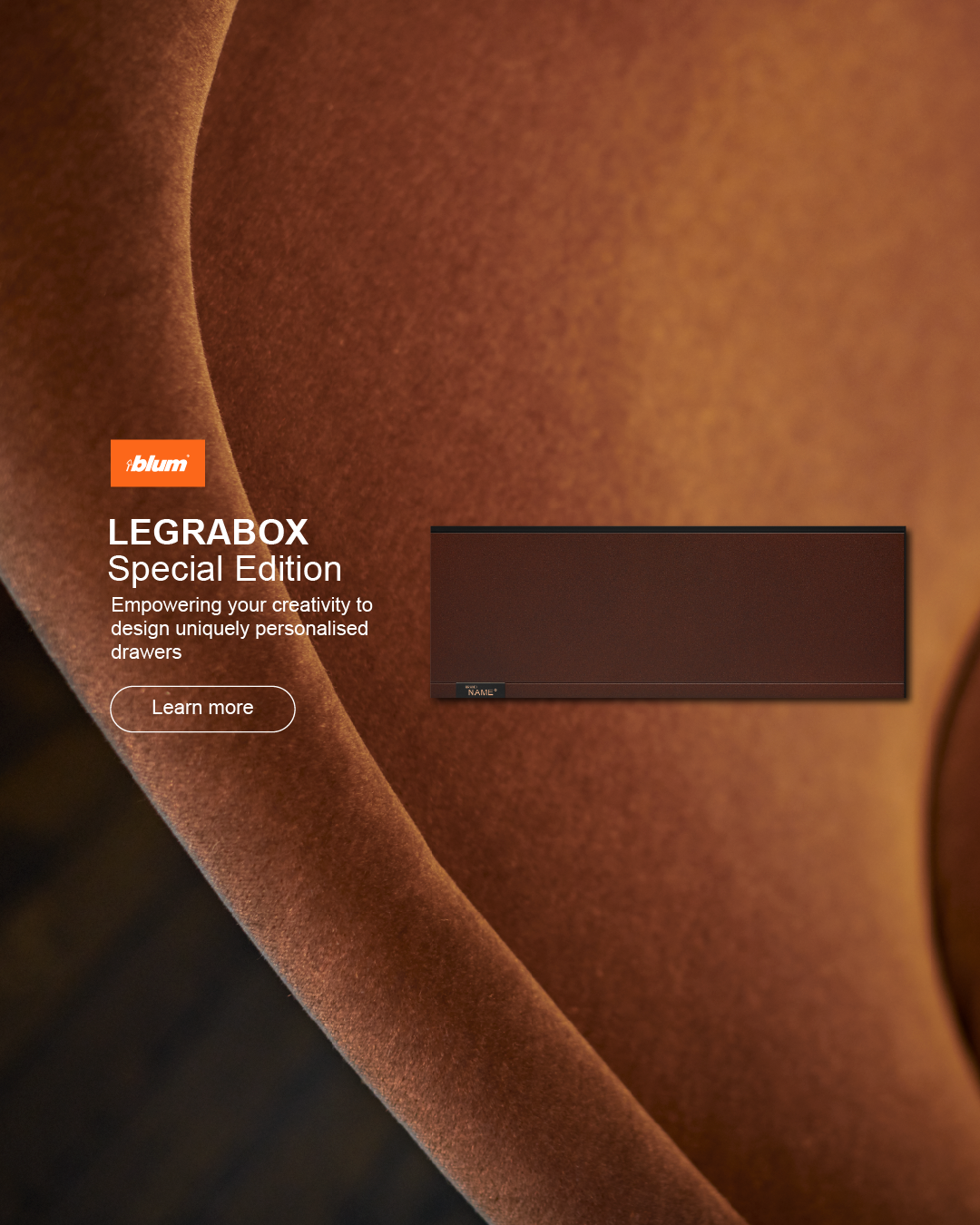
Angophora House by Blake Letnic Architects and Studio Trio
A collaboration between Blake Letnic Architects and Studio Trio, Angophora House represents a significant transformation on Sydney’s North Shore, embracing connection with the surrounding landscape.
Maximising its steep site, the redesign sought to address the confused geometry of the existing structure while enhancing its relationship with the immediate and distant landscape. A less-is-more approach led to the removal of an upper level, consolidating this volume into a void above the primary living areas. This decision not only rationalised the exterior form but also created a dramatic skillion roof now rising to engage with the street, establishing a visual link between the house and its leafy surrounds.
Materiality plays a crucial role in anchoring the home to its environment. Drawing inspiration from the Sydney School movement of the 1950s and 60s, an external palette of sandstone, timber and steel was selected. This choice not only pays homage to the architectural legacy of the area but also ensures the house sits comfortably within its bushland setting. The rear elevation of Angophora House strikes a delicate balance between embracing generous views and providing protection from the abundant northern sun. Extended eaves, external blinds, retractable awnings and timber louvres offer flexible shading options for the glazing, allowing modulation of the internal environment as needed.
Central to the design is the relationship between the built form and its natural context, particularly with two mature Angophora trees on the site. Sculptural steel columns at the rear of the house echo these branches, creating a visual dialogue between architecture and nature. This design element required close collaboration between the architect, builder and structural engineer to ensure both aesthetic and functional success.
The interior spaces have been carefully curated to complement the overall vision. A redesigned entry provides a grand arrival, replacing the previous sense of compression with an open, welcoming space. Large glass windows frame the tree canopy and harbour views, instantly connecting occupants with the bush and waterfront. The new sinuous circular staircase floats in the double-height void, curving between entry and living spaces below.
The interiors showcase a considered curation of bespoke craftsmanship and artistic expression. Wire-brushed oak joinery, various marbles and custom metalwork create a tactile and visually rich environment. Lighting design plays a crucial role, with sculptural glasswork lighting by Articolo casting an ethereal glow to highlight the rich textures used throughout. Art is integral to the Angophora House experience, with commissioned Indigenous works and pieces by local artists bringing depth and narrative to the spaces. Notably, the striking piece Ngalunggirr Miinggi by Otis Hope Carey anchors the dining room and inspired fluted steel detailing in the study, demonstrating a rare instance where Indigenous artistry directly influenced architectural elements.
Sustainability was a key consideration throughout the project. Largely retaining the existing structure led to a minimisation of the overall environmental impact of the build. Passive-design principles, including optimised natural light, cross ventilation and stack effect, were incorporated to sit alongside a large solar array to enhance energy efficiency.
The success of Angophora House lies in its seamless integration of architecture, interior design and landscape. Blake Letnic Architects and Studio Trio have crafted a home that is both deeply personal and effortlessly sophisticated, celebrating its bushland setting while offering a sophisticated and comfortable living experience.
Architecture by Blake Letnic Architects. Interior design by Studio Trio. Build by TPS & Co Construction. Landscape design by Secret Gardens. Engineering by Structure Engineering.





























